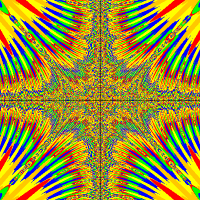If I have an actor placing a stack of other actor objects at the same location in the world, will this work like a stack if the objects are then picked up - in a First In Last Out order?
Is the getObjectsAt() method deterministic? I would like to be able to pick up the last one put down.
I have run some simple tests and this does not appear to be the case.
Thanks.







